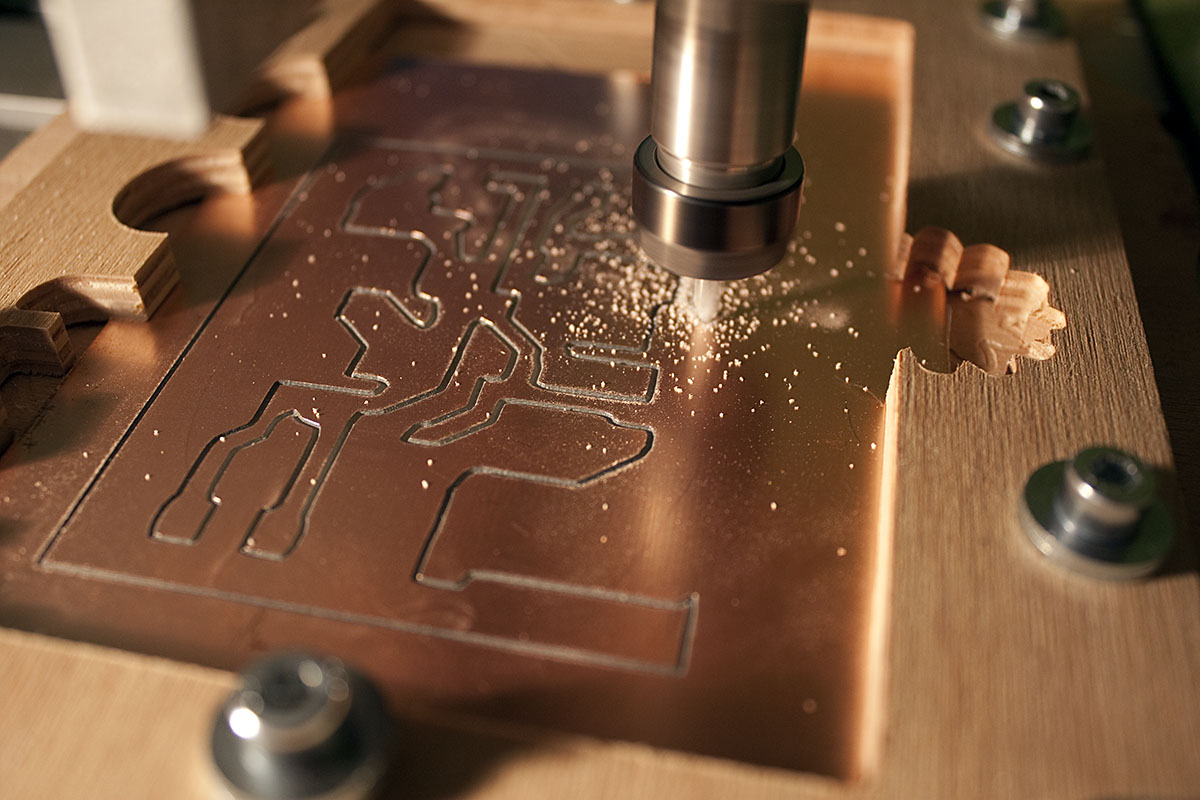Jiesheng Hardware is an ISO 9001 and IATF 16949 certified company specializing in the manufacture of high-performance CNC engraving machine parts and 3D printer parts. We can provide one-stop CNC processing services for design, drawing, prototyping, testing and mass production for various forms of CNC engraving machines and 3D printers. In order to let you know more about CNC engraving machines and 3D printing, this article will introduce CNC Plasma Cutter in detail.

A CNC plasma cutter is a cutting tool used in manufacturing and fabrication that utilizes a computer-controlled system to precisely cut metal Materials. Here’s how it works and what makes it stand out:
How It Works:
 Plasma Cutting Process:
Plasma Cutting Process:
Plasma Arc: The machine generates a high-temperature plasma arc by ionizing a gas (often air, oxygen, or nitrogen) through a nozzle. This arc reaches temperatures of up to 30,000°F (16,600°C), which is sufficient to melt most metals.
Cutting Action: The plasma arc is directed onto the metal surface, melting and blowing away the molten material to create a cut. The precision of the cut depends on the width of the plasma stream and the speed at which it moves.
CNC Control:
Computer Numerical Control (CNC): The cutter is controlled by a computer system that follows a pre-programmed design. This allows for highly accurate and repeatable cuts based on digital drawings or CAD files.
Automation: The CNC system automates the movement of the cutting head along the X, Y, and Z axes, enabling complex shapes and designs to be cut with high precision.
Key Features:
Precision: CNC plasma cutters can achieve highly accurate cuts, with tolerances often in the range of ±0.1 mm, making them suitable for intricate and detailed designs.
Speed: These machines cut metal quickly compared to other methods, such as oxy-fuel cutting or laser cutting, making them efficient for both small and large production runs.
Versatility: They can cut through various metals, including Steel, stainless steel, aluminum, and copper. The thickness of the material that can be cut depends on the power of the plasma cutter.
Cost-Effectiveness: CNC plasma cutting is generally more affordable than laser cutting for thicker materials and is effective for cutting large sheets of metal.
Ease of Use: The CNC system simplifies the cutting process, allowing operators to focus on design and setup rather than manual cutting.
Applications:
Metal Fabrication: Used in Industries like Automotive, aerospace, and construction for creating parts and components.
Art and Sign Making: Ideal for producing intricate designs and decorative pieces.
Repair and Maintenance: Useful for cutting metal parts during equipment repair and maintenance.
Overall, a CNC plasma cutter combines the precision of computer control with the power of plasma technology to offer a highly efficient and versatile metal cutting solution.
CNC plasma cutters and 3D printer parts represent two different aspects of modern manufacturing, here’s a comparison between the two:
 CNC Plasma Cutter
CNC Plasma Cutter
Function:
Cutting Metal: A CNC plasma cutter is used to cut metal materials with high precision using a plasma arc. It is ideal for creating parts from metal sheets and plates.
Technology:
Plasma Arc: Uses a high-temperature plasma arc to melt and blow away metal, creating precise cuts based on digital designs.
CNC Control: Operated by a computer system that follows programmed designs for accurate and repeatable cuts.
Applications:
Metal Fabrication: Widely used in manufacturing for cutting metal components, parts, and structural elements.
Signage and Art: Suitable for creating custom metal signs and decorative pieces.
Material:
Metals: Effective for cutting various metals such as steel, stainless steel, aluminum, and copper.
Strengths:
Speed and Precision: Capable of making fast and precise cuts, particularly in thick metal sheets.
Versatility: Can handle a wide range of metal types and thicknesses.
 3D Printer Parts
3D Printer Parts
Function:
Creating 3D Printed Components: A 3D printer parts manufacturer produces parts and components for 3D printers or the 3D printers themselves. These parts are typically used to build or repair 3D printers.
Technology:
Additive Manufacturing: Uses additive processes where material is deposited layer by layer to build up parts from digital models.
Materials: May include plastics (like PLA, ABS), metals, ceramics, and other materials suited for various types of 3D printing.
Applications:
3D Printing Equipment: Producing components such as extruders, heated beds, frames, and other parts necessary for the operation of 3D printers.
Prototyping and Custom Parts: Manufacturing prototypes or custom parts for specific applications in various industries.
Material:
Various Materials: Depending on the type of 3D printing technology, materials can range from thermoplastics to metal powders and resin.
Strengths:
Complex Geometries: Capable of producing intricate and complex shapes that are difficult or impossible to achieve with traditional manufacturing methods.
Customization: Allows for high levels of customization and rapid prototyping.
Comparison:
Purpose: CNC plasma cutters are primarily used for cutting metal sheets and plates with precision, while 3D printer parts manufacturers focus on producing components for 3D printers or creating parts using additive manufacturing.
Technology: CNC plasma cutting relies on high-temperature plasma arcs and CNC control for cutting, whereas 3D printing involves building parts layer by layer using various materials.
Materials: CNC plasma cutters are best suited for metals, while 3D printers can use a wider range of materials, including plastics and metals, depending on the printer type.
In summary, a CNC plasma cutter and a 3D printer parts manufacturer serve different roles in the manufacturing process, with the former specializing in precise metal cutting and the latter in producing components for 3D printing and creating custom parts.





 English
English

